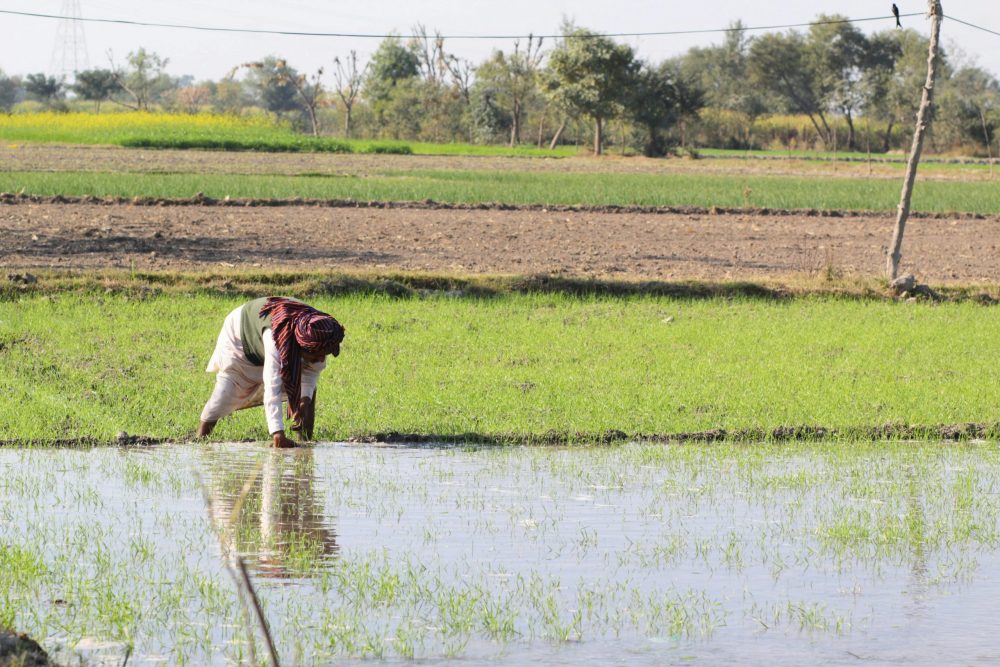Around 130 million girls of schooling age, equivalent to the entire population of Mexico or half the population of Indonesia, remain out of school worldwide. Lack of access to education is part of a broader realm of gender inequality as females continue to face barriers in making important decisions related to later life outcomes such as marriage and labor market on their own. These inequalities are a result of patriarchal cultures that assign more resources and power to males, and remain dominant in many developing countries. Expanding education opportunity for girls can help in addressing these gender inequalities since education can endow girls with knowledge, skills, and resources to make life choices to improve their welfare.

In my Job Market paper, I study long-term and intergenerational effects of expanding educational opportunities for girls through a large primary school construction program in Punjab, Pakistan. This is a setting with low levels of education and significant gender disparities in educational attainment. Education levels are particularly lower for girls as parents are not comfortable sending their daughters to walk long distances to school due to safety concerns and social norms. To analyze the impact of expanding educational opportunity, I use variation across birth cohorts and regions in the timing of a large school construction program that started in the 1960s in response to the low education levels. Since most of the school construction happened in rural areas where distances to existing schools were longer, I restrict my focus to rural areas in this study as they are more likely to benefit from improved access to schools.
Did the school construction program work?
I start by analyzing the impact of the school construction program on educational attainment. Since schools are segregated by gender, I analyze impacts of new schools separately by gender using data from household surveys and the population census. I find that the construction of an additional primary girls’ school per 1000 girls of primary school going age at the district level increased the likelihood of receiving any education and completing primary school by 4-5 percentage points and to an overall increase in their years of education by 0.5 years. Given that the mean years of education for the relevant cohorts is only 2.4 years, these effects are quite large and explain around 30 percent of the overall growth in schooling for girls between birth cohorts 1954 to 1958 and 1984 to 1988. Comparatively, there are no statistically significant effects of an additional boys’ school on their educational attainment. My findings suggest that improved access to schools is the driving mechanism behind the results on educational attainment as mobility restrictions, due to social norms, are only relevant for females in this setting.
What about impacts on later life and intergenerational outcomes?
In terms of long-term outcomes, my results suggest that improved educational attainment does not lead to significant effects on the marriage market (as measured by likelihood of marriage, age at marriage, education of spouse) or fertility related outcomes (age at first birth, total children born, child mortality). Exposure to school construction does alter marriage market outcomes for males with their spouses being more educated. However, I do not find evidence of similar effects for females since the male education distribution has not changed as a function of school construction. Moreover, as adults, females who are more exposed to the program are less likely to be part of the labor force. This effect is driven by the lower likelihood of them working in the agriculture sector. One possible explanation for the reduced labor force participation results for females in this context is the female labor force participation may go down first and then increase with education.
The benefits of increased education for females are, however, transmitted to the next generation. Children born to mothers that are more exposed to the school construction program have higher educational attainment, especially daughters. These results are consistent with existing evidence on intergenerational effects of mother’s primary education on children’s education in the rural Pakistani context.
Why the lack of effects on long-term outcomes?
The lack of impacts on later life outcomes such as age at marriage, age at first birth, total children and labor force participation despite the increased educational attainment suggest the importance of other barriers that females face in this context. A possible reason for the lack of desired effects on later life outcomes is that education levels (at the primary level) are not enough and there is a need to invest in higher levels (secondary schooling) for girls to have the desired long-term outcomes such as delays in age at marriage, and improved labor force participation.
My findings are also consistent with and contribute to a growing literature that finds that females in developing countries continue to face barriers in their ability to make important decisions related to the labor market and the marriage market on their own. These barriers persist despite significant improvements in human capital through education, skill acquisition, or raised generalized self-efficacy.
Policy Recommendations
My findings suggest that gender inequality, restrictive social norms, and low levels of education limit the benefits of increased educational attainment on later life outcomes for rural females. These findings provide valuable insights to policy makers interested in returns to girls education in developing countries. More research is however needed to better understand interventions that can be designed to offer feasible ways to improve long-term outcomes for females in settings where social norms and the economic position of males may mediate the effect of increased educational attainment on longer term outcomes.




